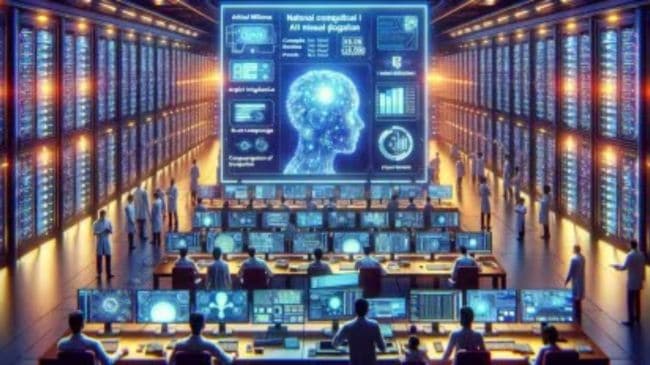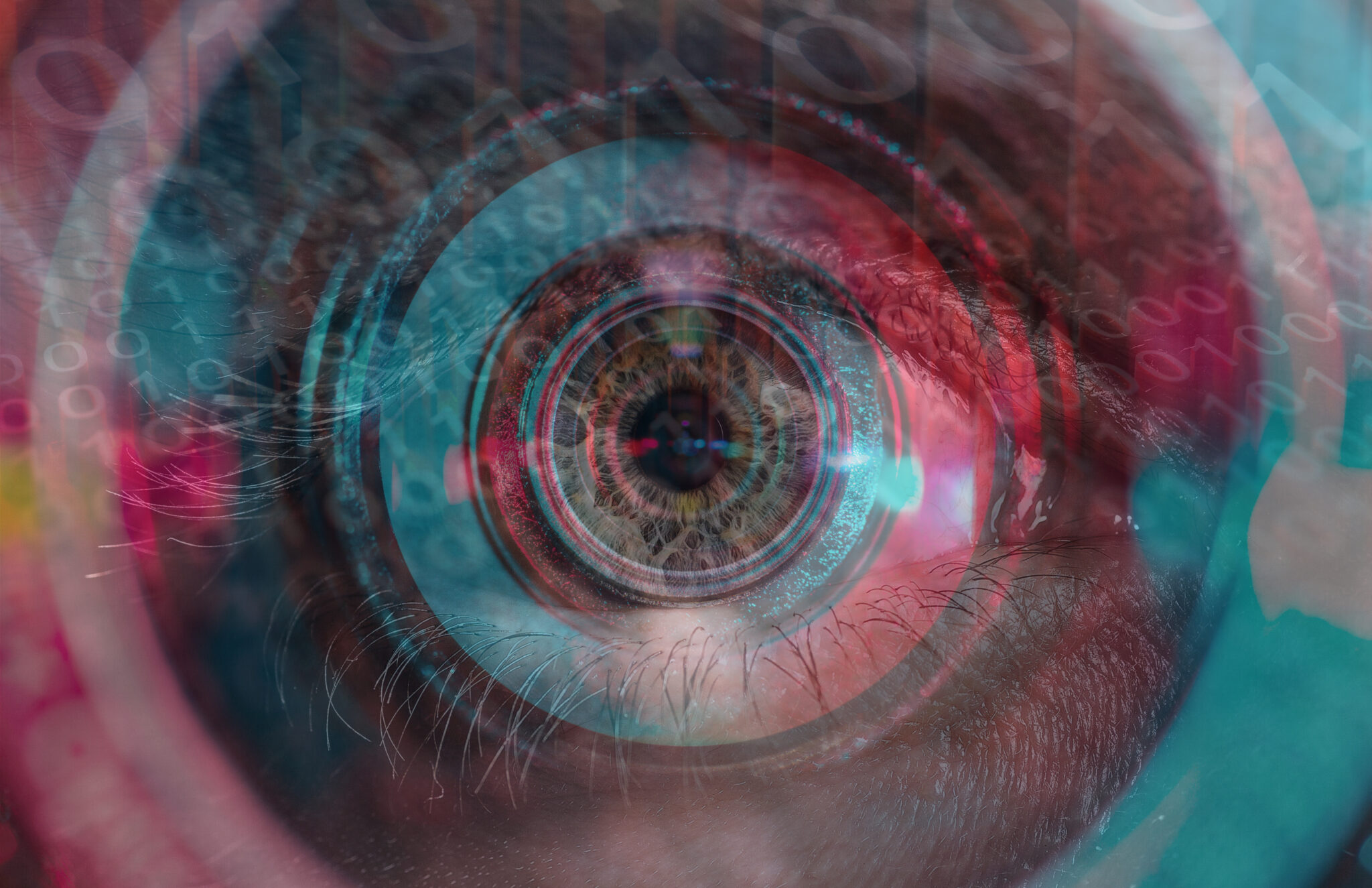Virtual reality (VR) has come a long way in recent years, allowing users to step into alternate realities and experience truly immersive environments. One of the key technologies driving the advancements in VR is deep learning. Deep learning, a subset of artificial intelligence (AI), has opened up new possibilities for the development of VR applications, enhancing the quality and realism of virtual experiences. In this article, we will delve into the realm of deep learning for virtual reality, exploring how these two technologies intersect and complement each other.
The Basics of Deep Learning
Deep learning is a branch of machine learning that focuses on training neural networks to learn and make decisions similar to humans. It involves training these networks through large datasets, allowing them to recognize and interpret complex patterns. Deep learning has been highly successful in various fields, including computer vision, natural language processing, and speech recognition.
Enhancing Visual Quality in VR
One of the main challenges in VR is creating realistic visuals that immerse users in the virtual world. Deep learning techniques, such as convolutional neural networks (CNNs), have been instrumental in improving visual quality. By training CNNs on vast amounts of visual data, developers can generate high-resolution textures, realistic lighting effects, and lifelike animations. This results in a more immersive and visually appealing virtual environment for users.
Interactive Environments
Deep learning also plays a crucial role in creating interactive environments in VR. Traditional methods for interaction in virtual worlds often rely on predefined scripts or user input. However, deep learning allows for more dynamic and responsive interactions. Reinforcement learning, a subset of deep learning, enables VR environments to adapt and respond to user actions in real-time. This allows for more natural and engaging user experiences, making VR feel even more like reality.
Real-Time Object Recognition
Deep learning algorithms excel in object recognition tasks, enabling VR applications to accurately identify and track objects within the virtual world. This capability is essential for a range of VR experiences, from gaming to simulations. With deep learning-powered object recognition, VR environments can respond to user interactions based on the detected objects, creating realistic and interactive scenarios.
Predictive Movement and Behavior
Deep learning algorithms can also predict movement and behaviors within the VR environment. By training neural networks on motion capture data or human behavior patterns, developers can create more realistic virtual entities that behave intelligently and in a lifelike manner. This adds a new level of realism and immersion to VR experiences, making the virtual world feel more alive.
Conclusion
Deep learning and virtual reality are two cutting-edge technologies that go hand-in-hand. By leveraging the power of deep learning, developers can create more immersive and realistic virtual experiences. From enhancing visual quality to enabling interactive environments, deep learning opens up new realms of possibilities for virtual reality. As these technologies continue to evolve, we can expect even more exciting and transformative experiences in the world of VR.









Leave a Reply